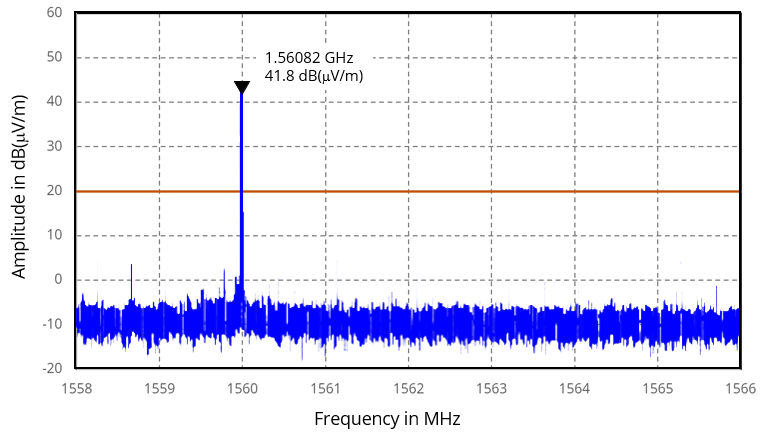EMC Question of the Week: October 3, 2022

A narrow-band radiated emissions failure at 1.56 GHz is correlated to the operation of a CAN-FD transceiver communicating at 8 Mbps. Which of the following is the most likely source of this emission?
- cable resonance
- cable imbalance
- radiation from the chip package
- parasitic oscillation
Answer
The best answer is “d.” A narrow-band emission at the 195th harmonic of an 8 Mbps signal, would only be observed if there were something that selectively resonated at that particular frequency. Parasitic oscillations (e.g., between parallel ceramic capacitors with different nominal values) are one possible source of that resonance. Other possibilities are a circuit board plane resonance or an enclosure resonance.
A wavelength at 1.56 GHz is about 19 cm. Cables are generally too long and lossy to selectively resonate at one narrowband harmonic above 1 GHz. Chip packages are too small and lossy to be efficient antennas (or high-Q resonators).
Note that the components responsible for the parasitic oscillation do not usually radiate the power directly. They simply enhance the voltages and currents at one particular frequency. It is still necessary for those voltages or currents to couple to something large enough to act as an efficient antenna at that frequency.
Have a comment or question regarding this solution? We'd like to hear from you. Email us at
